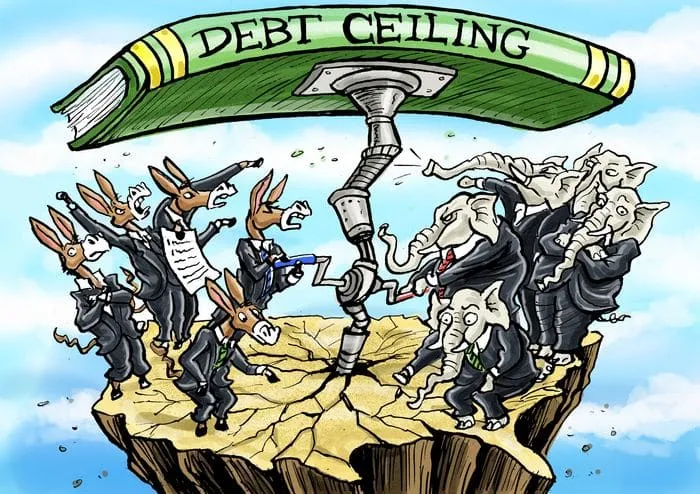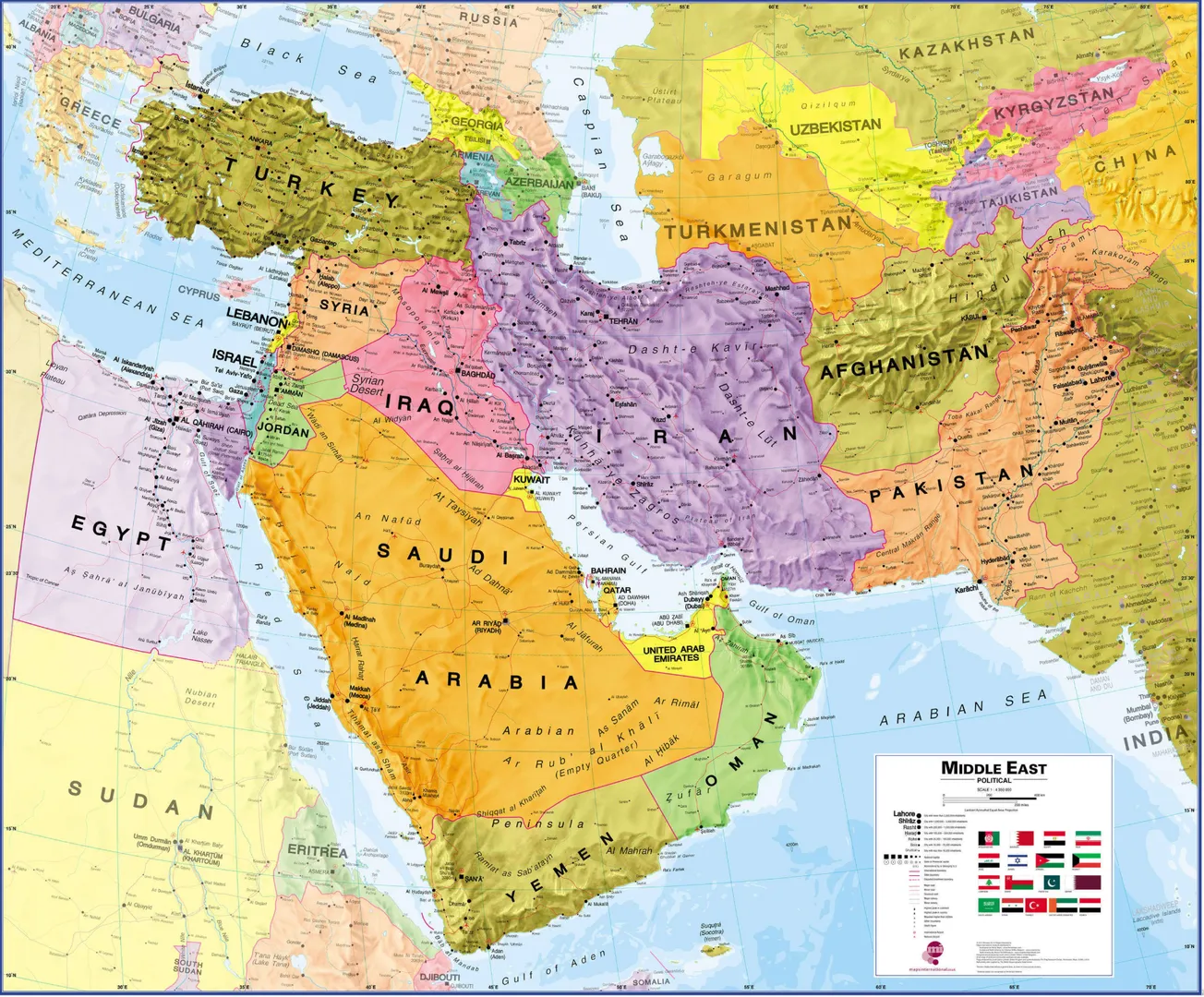Table of Contents
For conservatives, participating in California elections feels more like a ritual than a contest. I’ve successfully predicted every result on my ballot (almost always, the more liberal pitch wins) for the past two election cycles. On November 4th, more than 64% of Californian voters approved Proposition 50, replacing the state’s independently drawn Congressional district maps with new ones explicitly designed to gift House seats to the Democratic Party. By passing Prop 50, Californians have enshrined in their constitution the notion that dissenting voices deserve even less of a say in their own governance.
California has already effectively become a political monopoly. All eight statewide executive positions have been held by Democrats since 2011. Democrats currently hold comfortable super-majorities in both the State Assembly and State Senate, giving them the power to rewrite procedural rules, propose constitutional amendments, raise taxes, and expand the government without opposition.
Five of six currently serving California Supreme Court justices were appointed by Democrats, while a recent vacancy will be filled by a Democratic governor. State appellate courts and critical regulatory agencies like the Air Resources Board and Public Utilities Commission are also overwhelmingly dominated by Democratic appointees. This is to say nothing of the major city halls and county boards in the state, often populated by politicians spanning the diverse range of viewpoints between “very liberal” and “progressive.”
On the national level, the situation is nearly as bad. 43 of 52, or a little over 82%, of California’s representatives are Democrats (along, of course, with both senate seats). Just about the only California Republican left in Washington is the statue of Ronald Reagan, which still sits in the Capitol rotunda.
Seeing these results, one might be forgiven for thinking nobody in California supports the GOP. But since 2010, Republicans have regularly received roughly 40% of the vote in every gubernatorial election. Presidential candidates have relatively underperformed, reliably garnering 34-38% of the vote every cycle except 2016, where President Trump got only 31.6% with Libertarian Gary Johnson pulling in another 3.4%. This equated to more than six million votes for Trump in both 2020 and 2024 due to California’s immense population.
No doubt, the bipartisan California Citizens Redistricting Commission (CCRC), responsible for drawing the maps before Prop 50, was faced with a difficult task to ensure fairness due to the population density and distribution of partisan voters within the state. Yet during both the 2011 and 2021 redistricting cycles, the CCRC faced criticism for favoring incumbents and Democrats, with the 2021 House map scoring a B in partisan fairness and an F in competitiveness on the Princeton Redistricting Report Card.
The passage of Prop 50 has supercharged the already existing imbalance by throwing out the CCRC’s carefully drawn maps and replacing them with blatantly partisan ones. The ballot measure, championed by Governor Newsom, will very likely succeed in delivering five more seats to Democrats by a mix of packing and cracking, bringing them a total of 48 of 52 or a whopping 92% of the House delegation. In Prop 50 itself, titled the “Election Rigging Response Act,” Democrats claim the measure is necessary to combat a 2025 Texas redistricting law intended to advantage Republicans. But even if the new Texas districts are all successfully flipped red, the Texas delegation will only be 79% Republican in a state where Democratic presidential and gubernatorial candidates typically receive 40-44% of the vote.
Proponents of Prop 50 also argue that the measure is temporary. The CCRC will be allowed to redraw fairer maps in 2031 based on the 2030 census. While it might offer slight comfort to know that this lack of representation has an expiration date, as Milton Friedman warned in his Tyranny of the Status Quo, “nothing is so permanent as a temporary governmental program.” But even if the districts are replaced on schedule, this abrupt rewriting of the rules risks leaving lasting doubts about whether California’s elections can be trusted at all.
The most striking normative inconsistency lies in Prop 50’s simultaneous call for federal anti-gerrymandering legislation.
No doubt, we need a halt to the recent attempts from states across the country to redraw their districts for partisan reasons. It makes elections less democratic and more unjust: both Texas and California’s new maps receive an F for partisan fairness on the Redistricting Report Card. However, including this call so prominently in a bill designed to further systemic underrepresentation of 40% of California voters rings hollow, given the unlikelihood of federal action on the issue.
When enacted by ballot proposition in 2008, the CCRC’s bipartisan character was a pioneering commitment to election freedom. To step away from that while calling for the preservation of these principles is a stark contradiction of the state’s professed democratic values.
Now law, Prop 50 deepens the already immense Democratic dominance over the state at the expense of what few Republican representatives remain and brings our congressional delegation further out of line with the views of the state. Every House seat artificially made blue also furthers the death of ideological competition in this state. When one party governs without credible opposition, politics becomes a meaningless ritual of affirmation. By passing Prop 50, Californians have voted to tarnish electoral fairness, abandon their commitment to representation, and hasten our slide into stagnation.





